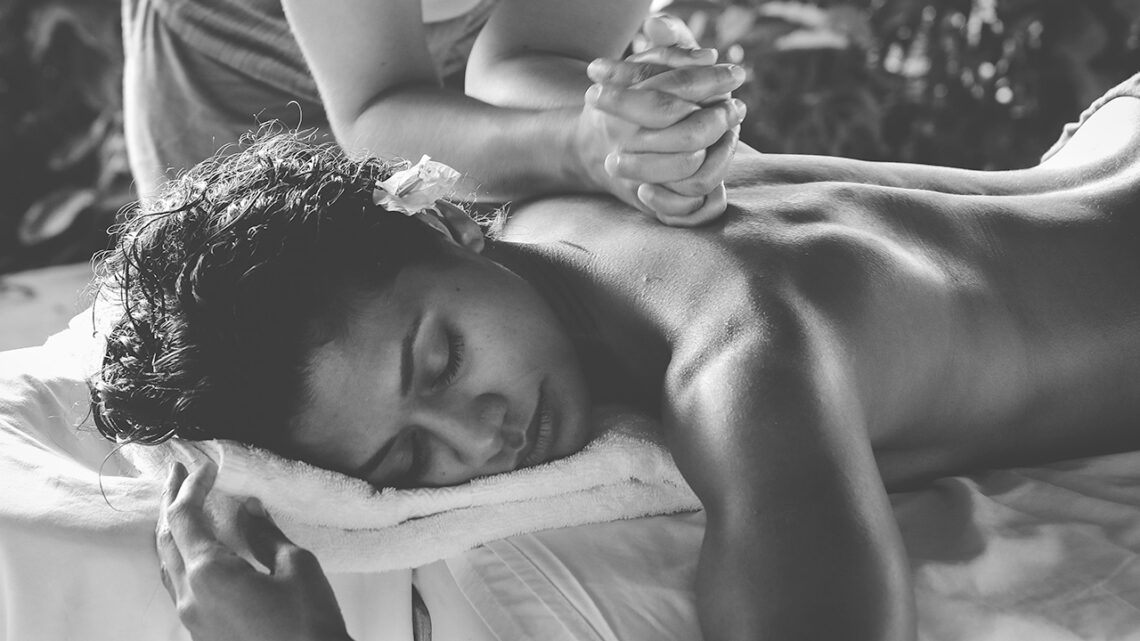There are plenty of things you can do to help with this, but sometimes the stress of adjusting to our new working environment just sits on our chests and won’t go away — it’s a big change from our everyday lives after all.
Well, there’s another solution.
Have you ever noticed how you breathe when you feel relaxed? The next time you are relaxed, take a moment to notice how your body feels. Or think about how you breathe when you first wake up in the morning or just before you fall asleep. Breathing is one of the most powerful ways of restoring calm.
In a nutshell, shallow breathing tells our body it is not safe, but deep breathing communicates that we are. It is a primal action, to signal we are not being chased by a tiger. Deep breathing shifts our body from flight or fight, calms our nervous and adrenal system, while lowering cortisol and reducing stress.
Here are some breathing exercises we love, that can support you in reducing stress now that we’re more confined to our homes.
Breathing through alternate nostrils
Those who practice Hatha yoga will be familiar with this exercise under its Indian name of “anulom ailom pranayama”. It’s said to be an outstanding antidote to stress and anxiety. But we also find it powerful for waking up both sides of the brain.
- Close your eyes
- Close your right nostril with your right thumb
- Breathe in deeply through your left nostril until your lungs are filled with air
- Hold your breath, close the left nostril with your right ring finger – then exhale slowly through your right nostril
- Breathe in through your right nostril. Close your right nostril, hold your breath, and open the left nostril. Exhale through the left nostril, and repeat
We recommend at least five repetitions. Finish by breathing in and exhaling deeply.
4-7-8 breathing
This is a really simple method to help reduce anxiety, get to sleep, manage cravings and control anger response.
Before starting the breathing pattern, adopt a comfortable sitting position and place the tip of the tongue on the tissue right behind the top front teeth.
To use the 4-7-8 technique, focus on the following breathing pattern:
- Empty the lungs of air
- Breathe in quietly through the nose for 4 seconds
- Hold the breath for a count of 7 seconds
- Exhale forcefully through the mouth, pursing the lips and making a “whoosh” sound, for 8 seconds
- Repeat the cycle up to 4 times
Sama Vritti or ‘equal breathing’
This breathing exercise is especially effective before going to bed. It actually works similarly to counting sleep.
This technique can help you take your mind off racing thoughts or whatever might be distracting you.
First, begin by sitting or lying down in a comfortable position. Keep your eyes open or closed, it’s up to you.
- Empty the lungs of air
- Inhale for 4 counts and then exhale for 4 counts
- Make both inhalations and exhalations from your nose
- Once you get used to it try 6–8 counts per breath
Abdominal breathing technique
This one is a little more complex, but still a really simple and calming exercise.
If you are finding life a little bit overly stressful at the moment, you might find it harder to control your breathing than you think. If you are, don’t worry about it, just keep practicing and try to relax.
- Place one hand on your chest and the other on your belly
- Take a deep breath in through your nose, allowing diaphragm (not your chest) to inflate with enough air to create a slight stretching sensation in your lungs
- Slowly exhale
- Try and take 6-10 slow breaths per 10 minutes
Progressive muscle relaxation
This one is a little different, but it’s a fantastic technique you can do when you’re sitting at home, or even in your office chair.
By intentionally tensing and then relaxing each muscle group one at a time, you can ease excess tension from head to toe.
- Close your eyes and focus on tensing and relaxing each muscle group for 2 to 3 seconds
- Start with your feet and toes, and then move up to your knees, thighs, glutes, chest, arms, hands, neck, jaw, and eyes.
- Maintain deep, slow breaths the entire time.
If you’re struggling a bit to concentrate, inhale through your nose and hold for 5 seconds while tensing your muscles, before exhaling through your mouth as you release those muscles. If holding your breath ever feels uncomfortable, tone it down to just a few seconds.
There you have it. Four wonderful breathing exercises to try at home to help ease this transition we’re all experiencing. Remember to look out for each other, as well as yourself during these unprecedented times.
To your blossoming XXX




